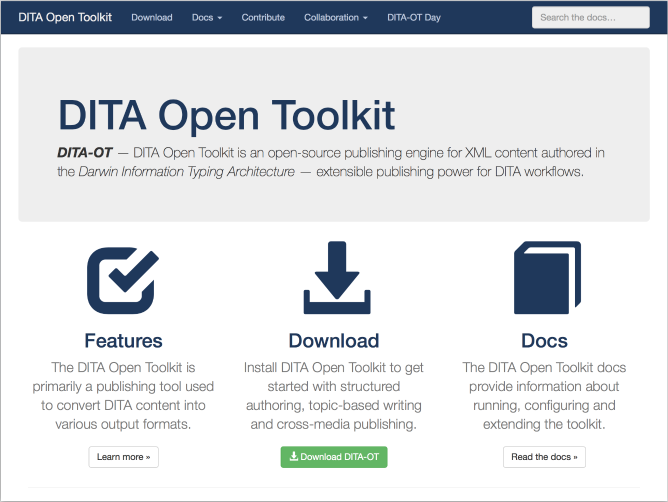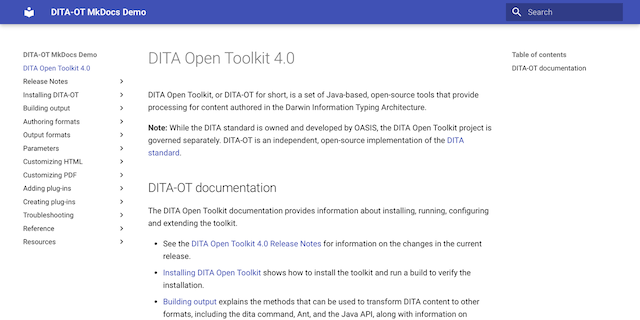Accessible Documentation
I was recently asked to give a presentation on the relationship between technical documentation and accessibility for an event held at the University of Applied Sciences here in Potsdam.
The event was organized by the Institute for Information and Documentation (IID) and supported by the German-Austrian office of the World Wide Web Consortium (W3C).
In the German words of the organizers:
Die Veranstaltung gibt einen Überblick über die Grundlagen der Barrierefreiheit in der technischen Dokumentation. Dabei stellt das Seminar auch die speziellen Anforderungen an zugängliche Dokumente aus der Sicht der Betroffenen als entscheidende Experten in eigener Sache dar.
My role was to describe the environment in which technical documentation is created and provide an overview of current “best practices” in technical documentation that provide a foundation for accessible documents.
My main point was that accessibility need not be viewed as an expensive afterthought tacked on for the benefit of a minority, but rather as a natural byproduct of documentation done well. This borrows from the concept of “universal design” in that the same best practices used to produce good documentation also provide a solid foundation for accessibility — built-in for the benefit of all users.
In keeping with one of the most important principles in information design — the separation of content and presentation — I prepared my slides using a plain text file in Markdown format and converted to XHTML for presentation via the Simple Standards-based Slide Show System (S5).
If you’d like to see the slides (in German), an archive of the source file and XHTML output is available for download. The S5 file is the plain text version that can be opened in any text editor. The HTML version contains the slides as they were presented (requires a standards-compliant browser such as Chrome, Firefox or Safari, with JavaScript enabled).
Recommended Reading
For more information on universal design, PDF accessibility, and issues with the latest version of the Web Content Accessibility Guidelines, the following articles on A List Apart are a good place to start:



